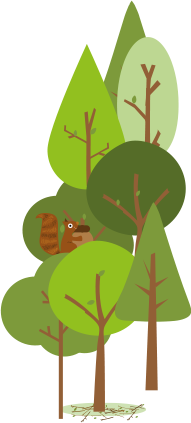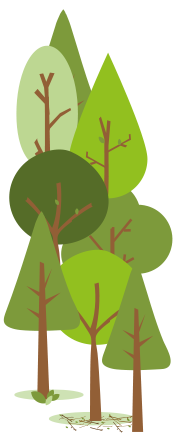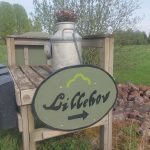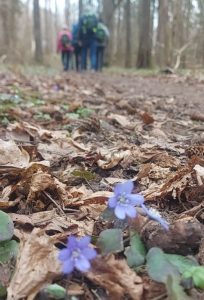

Blog
Adventures in Nature
I have been back from my travels for a week now, the dust settling on so many inspiring experiences in remarkable countries. I have spent two months travelling through the Netherlands and the southern half of Norway as part of a Churchill Fellowship to understand how to enable nature connections for older people, particularly those with care needs. The long journey home via ferry and train gave me chance to reflect on what I had observed about people’s relationship with nature, in a country where nature is a huge presence in every sense. (more…)
*Friluftsliv; a handy word meaning open-air living, capturing the Scandinavian approach to living life in harmony in nature.

*Friluftsliv; a handy word meaning open-air living, capturing the Scandinavian approach to living life in harmony in nature.
How do you imagine your life when you are older? Perhaps you picture a retirement of travel and adventure, more time devoted to your family or pottering in your garden. But beyond that, how do you picture your life when you get even older and functional abilities start to decline? If we are lucky enough to get that far, we know that we may need help with everyday tasks in the form of professional care. When that happens to us, I think most of us would hope that we can continue to experience the things we love and that our days will still have meaning. But if age or illness prevents us from having full agency over our lives, how can we be sure that will happen? (more…)
*Friluftsliv; a handy word meaning open-air living, capturing the Scandinavian approach to living life in harmony in nature.
Its Good Friday and I am sitting next to a campfire in a secluded bay amongst the archipelago of islands off the south-east coast of Norway. Heldrig, the wooden boat we sailed here on, is moored up, Annita is reading, Sigurd is fishing and Adrian and I are cooking tea while listening to the bird life, our only neighbours in this stunning setting. I feel completely calm, happy and at one with the landscape around me. I have come to Norway, as part of a Churchill Fellowship to learn more about ‘friluftsliv’ and what we can learn from this Norwegian concept, to enable our older generation to spend more time in nature. If I wanted to experience friluftsliv for myself, this surely is it. But what is it, and what can we learn from it? (more…)
*Friluftsliv; a handy word meaning open-air living, capturing the Scandinavian approach to living life in harmony in nature.


